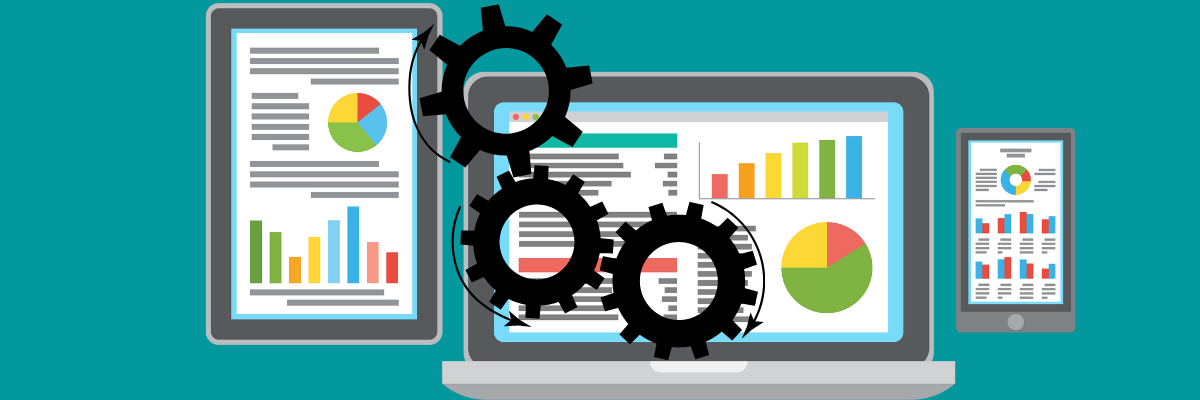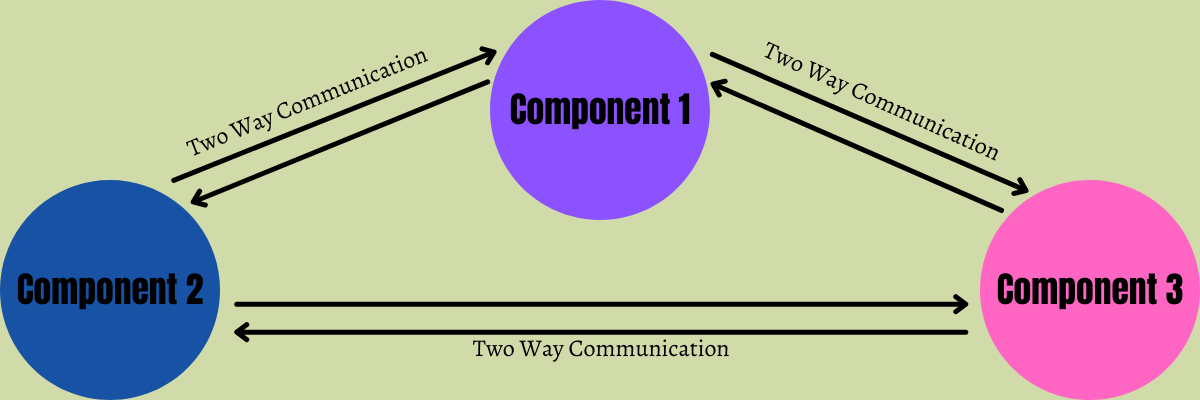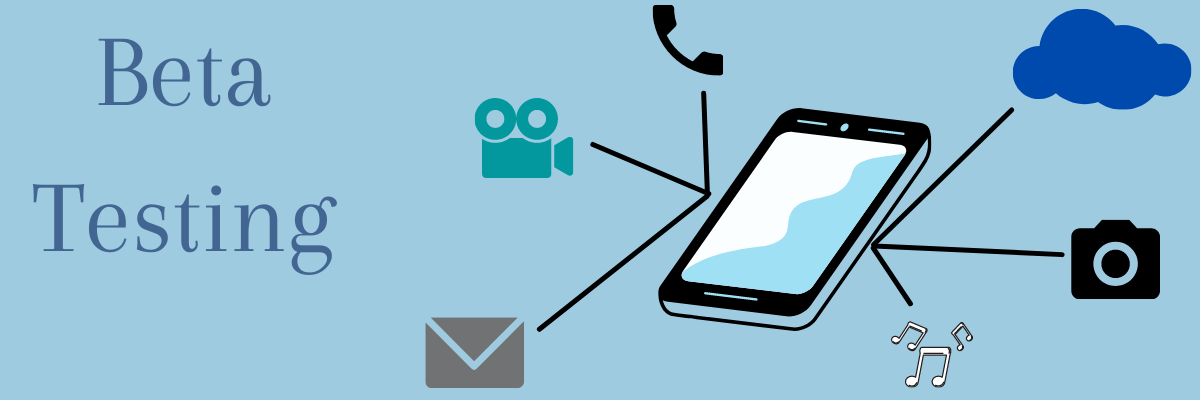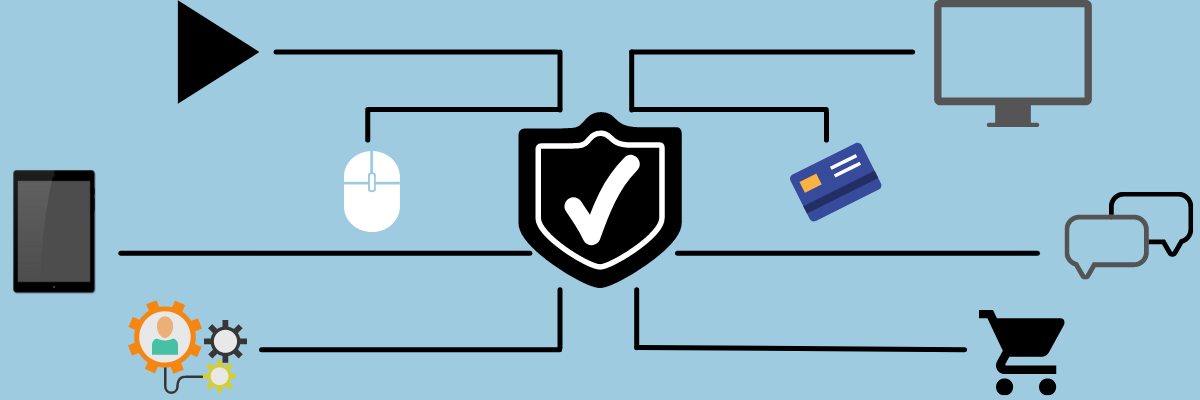Geekflare is supported by our audience. We may earn affiliate commissions from buying links on this site.
Testing for performance, functionality and other aspects helps you understand various flaws in your application and optimize its usability, security, stability, performance, and functioning.
As a result of quickly detecting the issues, you can perform quick fixes to ensure the application’s quality is excellent.
This way, you can develop high-quality applications for your client or users who would love to use them without facing difficulties. And when they do, your application delivery can be successful, and all your efforts into ideation, planning, execution, and deployment will finally be paid off.
But testing an application is a wide domain because there are various aspects of an application that you must examine to ensure all is working just fine. You must check if the features are working fine, how’s the interface, what about its performance, and so on.
Hence, there are different types of application testing that you must know about.
And we are here to cover just that!
So, let’s understand some basics before we delve deeper into types of application testing.
What is Application Testing?
Application testing is software testing performed using scripts to find errors in an application and optimize its performance, functioning, stability, and other aspects.
This helps enhance the application quality while maximizing return on investment (ROI) and saving development effort, time, and costs. It ensures all the parts of an application perform and function optimally to offer a superb user experience.

Application testing checks an entire application, including each module, code, features, and parts for flaws. You can find different types of application testing, such as performance testing, functionality testing, load testing, user interface testing, etc.
Various professionals are involved in application testing, such as testers, managers, developers, and end-users. In addition, an application testing life cycle involves phases, including:
- Analyzing test requirements
- Test planning and design
- Execution
- Text analysis
- Bug reporting
Different types of Application Testing
Application testing is broadly categorized into two types:
- Functional testing
- Non-functional testing
Let’s understand each of them and their types in detail.
Functional Testing
Functional testing means testing an application for its functional aspects. It checks each functionality of the application to ensure everything works as it is supposed to. You can perform functional testing either with the help of automation tools or manually.
The different types of functional testing are:
#1. Unit Testing

Testing an application’s each module or component to check if it performs as desired is called unit testing. It requires knowledge of programming languages. Thus, programmers perform this test and not testers. This test is rigorous as you need to examine each module and its code carefully, and you may also have to develop test drivers for this.
Unit tests are done both manually and using tools, but the latter will provide maximum test coverage and performance. Tools you can use for unit testing are NUnit, JUnit, PHPUnit, TestNG, and more.
#2. Integration Testing
Once you integrate the modules, it’s essential to check if they are working correctly as combined modules. It’s because integrating multiple modules can create bugs. So, testing an application’s every integrated module to check its combined functionality is called integration testing.
Integration testing checks modules which are generally apps or code modules on a given network. It is mainly done for distributed systems and client or server applications. This requires fewer number of tests compared to unit testing and may take different approaches, such as a top-down, sandwich, and bottom-up approach.
Tools for integration testing are Selenium, Protractor, IBM Rational Functional Tester, etc.
#3. System Testing

System testing is performed to check the entire system for its functionality as per the client’s requirements. It covers all the parts of the system as a whole, aiming to produce an application with the required specifications.
System testing is a kind of black-box testing and is also called end-to-end scenario testing that you can do on a fully-integrated application or system. It checks each input thoroughly to ensure you are getting the desired output.
Some of the tools for system testing are Cucumber, Karma, Jasmine, etc.
#4. Sanity Testing
Sanity testing determines whether a new application version is working correctly or not to be accepted for major testing. It is performed on stable applications to ensure no changes or defect fixing can break the application’s core functionality after regression testing.
If your application fails in its initial use, it means that the application is not stable enough to perform further testing. In this case, you will need to fix the application and make it stable for further testing.
Sanity testing is done manually by analyzing an application’s behavior after making changes in a certain part of your application.
#5. Smoke Testing
When the development team provides a new application build, the testing team verifies the build to ensure no big issues remain and that the application is stable to carry out thorough testing.
If the testing team detects that the application’s core functionality is somehow broken in the initial phase, they can reject the new build, informing the development team. It is performed before a detailed regression or functional testing on the build to reject broken applications and save the QA team’s time testing and installing the application.
Smoke testing is performed both manually and using an automation tool such as PhantomJS and Selenium.
#6. Interface Testing

The way different components of an application, like database, server, etc., communicate with each other can affect its overall performance, and hence, the interface must be tested.
So, testing an application to check if the application components communicate well and exchange data correctly is called interface testing. It also checks error handling to ensure every component runs smoothly and behaves properly with other components.
In addition, interface testing validates if you have tested all the supported software and hardware and whether linked documents support different platforms or not. It also checks if the security is maintained while components interact and how efficiently the application manages network failures.
Some interface testing tools are Fiddler, REST Assured, Postman, etc.
#7. Regression Testing
Testing a complete application to check how it functions after modifying any functionality, component, or module is known as regression testing. It aims to ensure the application’s existing functionalities remain unaffected after new modifications.
There are a lot of regression testing tools available in the market, such as Subject7, TestSigma, Testimony, TestComplete, and more.
#8. Alpha Testing
Alpha testing identifies all the defects, bugs, and issues in an application before it releases to the market for the consumers or the client. This testing ensures the users get an application free of bugs and errors by evaluating its quality and readiness for Beta testing.
Alpha testing occurs at the developer’s site or in-house in a virtual environment, mimicking a real user environment. It is done towards the end of application development before Beta testing.
You can use tools like QA Mentor, SoapUI, etc., for alpha testing.
#9. Beta Testing

Beta testing is performed by the client or a limited number of users in the real environment to check an application’s overall functionality, usability, and performance before releasing it for actual use. It is done after alpha testing.
Beta testing checks if the application has any bugs or errors, runs smoothly, performs optimally, and is user-friendly. The development team collects feedback from the users to improve the areas where they are lacking. Hence, they can easily make changes to enhance its functionality, performance, security, and usability.
You may have heard of some applications’ Beta versions; this means the app is under Beta testing. When the test is complete and the application is improved, it is released for use. Tools for Beta testing are TestRail, UberTesters, TestFairy, Zephyr, etc.
Non-Functional Testing
Non-functional testing means checking an application’s non-functional aspects, such as usability, performance, security, etc. They are done after functional tests.
Non-functional testing aims to improve an application’s quality to ensure it runs well and provides an optimum user experience. In general, they are not performed manually; you need automating tools for it.
Let’s look at some types of non-functional testing for your applications.
#1. Performance Testing
Performance testing checks if an application performs as per the requirements. It tells you if the application performance has any issues that are slowing it down or blocking it from performing optimally.
By understanding the performance issues with this type of testing, you will understand how to improve your application’s speed, response time, resource utilization, throughput, and so on.
You can use performance testing tools like Rational Performance Tester, Apache JMeter, LoadNinja, etc., to test your app performance.
#2. Load Testing

Load testing is a subset of performance testing that checks how much load an application can withstand before its performance starts degrading.
This testing is done by running various load tests to know the application’s maximum capacity under a given load. It also checks for issues that may cause the application’s performance to degrade.
Using load testing tools such as WebLOAD, LoadRunner, etc., are helpful to determine your application’s load capacity.
#3. Stress Testing
If a system or application is stressed beyond its capacity, you need to have an idea of when and how it crashes. This type of testing is called system testing. It is performed under massive loads such as pushing the application beyond its storage capacity, heavy database loads, giving inputs continuously, and so on.
Stress testing aims to verify an application’s stability and reliability so that it shows resilience even during peak usage. It measures the application’s error handling capacity and power under heavy loads, ensuring it does not crash under such conditions.
Tools such as NeoLoad, JMeter, LoadView, StressStimulus, etc., are helpful for stress testing.
#4. Volume Testing
Volume testing is a type of performance testing where an application is put under heavy data volumes to check its response time and behavior. Heavy volumes of data in an app’s database are given because it impacts its processing speed and response times. It is also called flood testing.
Thus, you can check how efficient the application is in terms of heavy data volumes while detecting issues that reduce application performance. Finding the issues helps you fix them quickly and optimize their performance.
The performance testing teams perform volume testing. And the tools you can use are DbFit, NoSQLMap, HammerDb, and more.
#5. Security Testing

Testing an application to check how secure it is against external and internal threats is called security testing. Here, threats can be malicious programs, DDoS attacks, viruses, and other cyber threats from an organization’s internal agents or outside attackers.
Performing security testing also tells about an application’s authentication and authorization capabilities and whether they are secure enough or not. It helps you find vulnerabilities and security loopholes from where threats can penetrate your application. Thus, you can fix those issues and close the gaps to ensure your application’s security.
In addition, security testing helps you understand the application’s behavior under attack or malicious programs and its capability of recovering from an attack and its after maintenance.
Security testing is usually done by a special testing team where any form of hacking is injected into the application to check for its security. Tools like ImmuniWeb, Wapiti, Acunetix, Google Nogotofail, etc., can be used for security testing.
#6. Compatibility Testing
Users now use various platforms such as iOS, Android, Mac, PC, Linux, etc., browsers, and configurations. Hence, it’s essential to know your application’s compatibility with other platforms.
The type of testing that evaluates how an application runs and behaves under different platforms, web servers, network environments, and hardware configurations is called compatibility testing. It ensures that an application runs smoothly with optimal performance on different browsers, configurations, databases, and software versions.
You can perform compatibility testing using tools such as CrossBrowserTesting, LambdaTest, and Experitest.
#7. Reliability Testing
Reliability testing refers to the process of testing an application to check if it can perform without failure for a specific period in a given environment. It aims to ensure the application is reliable enough and free of bugs to execute its purpose seamlessly.
This test will tell you whether you can depend on your application to perform the desired output each time you use it. For example, testing the probability that a computer can run for seven hours without getting crashed.
Reliability testing will detect repeating failures, the frequency of failure in a specific time, and failure causes so that you can fix it easily and quickly. It can include application load testing, regression testing, and feature testing.
You can use tools like RCM, Weibull , SOFTREL, etc., for regression testing.
#8. Usability Testing

Usability testing means testing how user-friendly an application is. It checks how easily a user can understand and work with your application without hassles or issues. And if they encounter any issue or face difficulty using the app, you will need to document that.
In general, usability testing checks application navigation to make sure the user reaches their desired destination easily in the application and performs their tasks seamlessly.
For usability testing, a limited number of users or the client is invited to use the application. At this point, you will examine how they work with your application and if they need any help. Documenting the feedback will help you enhance the user experience.
Some usability testing tools are CrazyEgg, Optimizely, TryMyUI, etc.
#9. Acceptance Testing
Acceptance testing is the last application testing in the testing phase. It is performed by the end-user or client to validate if the application meets all their specified criteria like preferences and requirements.
Your client will accept the application you have developed if its features, functions, usability, and performance are as per their needs. If yes, the application is approved for production. But if your client does not like something or feels something should be enhanced, they may ask you to modify it accordingly.
Why do you need different types of Application Testing?
Software applications have become an essential part of the modern lifestyle in personal and professional lives. You need applications for online shopping, banking, entertainment, studying, working from home, video conferencing with your team, and what-not.
Thus, users are looking for fully-functional applications that can ease their life and deliver top-notch performance, usability, and functionality so they can perform their desired actions with speed, accuracy, and ease.
This demand needs you to develop applications that can tick all these boxes to delight the end-users and drive your business. And testing an application requires you to look at various aspects of a system such as features, functionality, performance, ease of use, interface, reliability, etc.
Therefore, there are hundreds of application testing types you can pick relevant to your needs. And knowledge about different types of testing will help you check your application exactly for the required parameters.
For example, if you want to find how your application performs on Android, you need to conduct compatibility testing. But if you don’t know if something like that even exists, how will you be able to do it?
I hope you get the point.
And when you perform the ideal type of application testing, you can optimize your application exactly for that parameter. Similarly, you can perform tests for all kinds of issues that may arise. Thus, it will help you:
- Improve the app’s features and functionality
- Eliminate bugs easily
- Enhance app performance
- Ensure application security
- Make it compatible with various platforms, hardware configurations, and environments.
- Cut down unnecessary costs
- Enhance user-friendliness
- Increase application’s reliability and stability
- Optimize your application’s overall quality
Conclusion
To produce a high-quality application, you must check its various aspects such as performance, functionality, usability, stability, reliability, and more. This is why learning about different types of application testing is a must.
The above information on types of application testing will help you understand where they are applicable to find flaws in your applications and fix them immediately to deliver a user-friendly application with top-notch quality that users love.
Next, you may look at some of the application testing automation tools.



